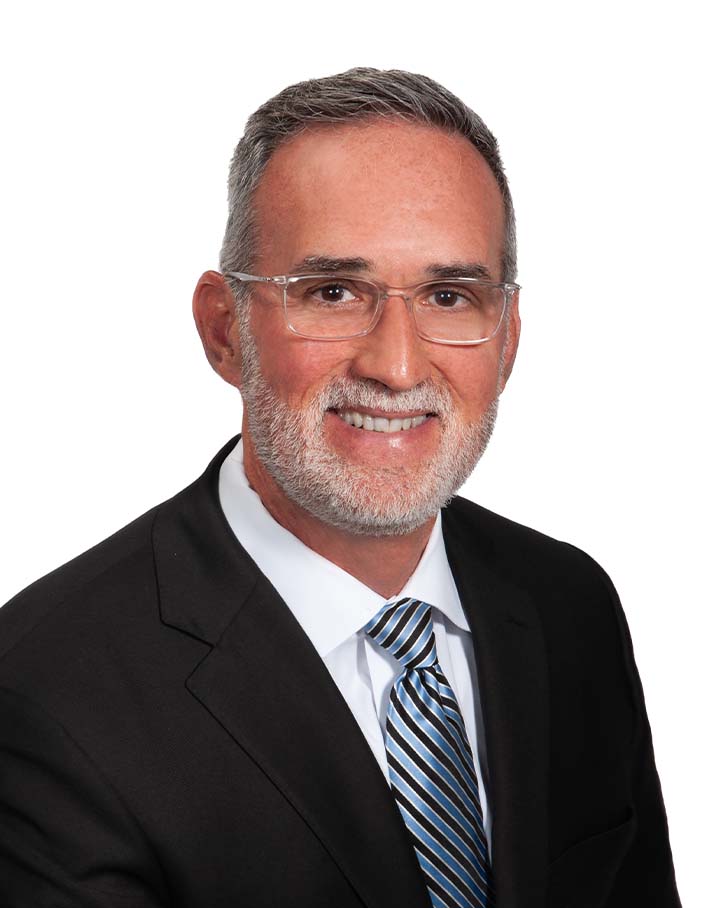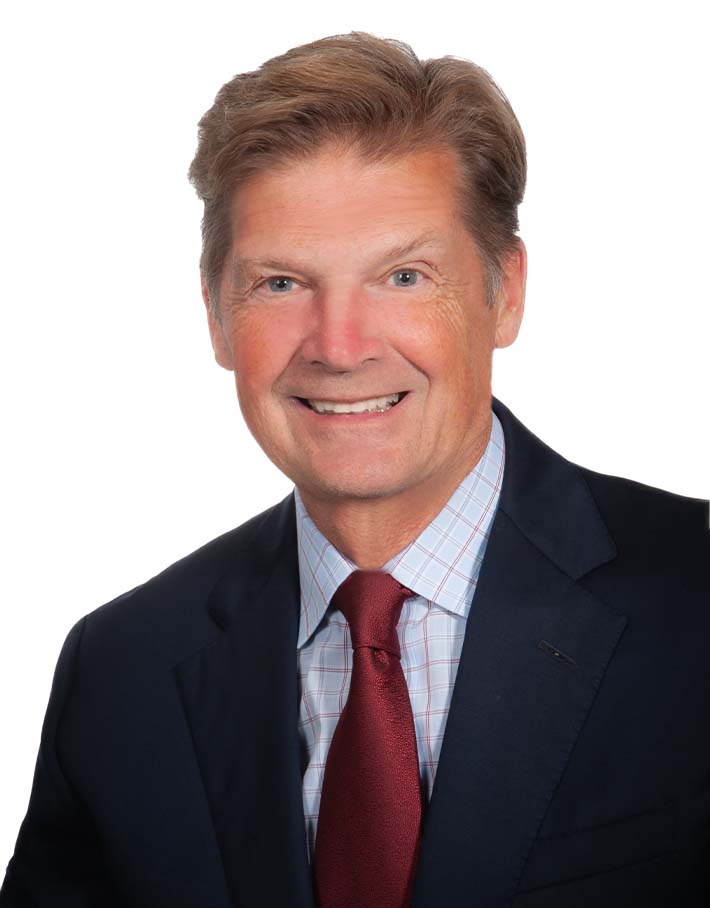Exploring Business Models for Peak Profitability
Key Drivers of Industry Change in Financial Services
By Pete Bowman and David Williams
Subscribe to our original industry insights
Optimizing Your Growth Strategy
Platform technology, regulatory pressure, mergers and acquisitions are all driving financial services firms to re-evaluate their business models. In today’s podcast, Pete Bowman, Managing Director of Oyster’s Strategic Planning and Execution team and Dave Williams, Head of Business Development share their insights on how some firms are positioning themselves for the future, breaking down the major shifts transforming business models for broker-dealers, RIAs, and clearing firms:
- Platform Evolution: There’s a growing focus on technology, with firms adopting new clearing platforms and service models, affecting both large and small broker-dealers.
- Business Model Shifts: Firms are reconsidering their structure, with some moving from broker-dealers to Registered Investment Advisors (RIAs), or opting for hybrid models to remain competitive.
- Regulatory Pressures: Rising costs and compliance demands are making it difficult for smaller firms to compete, pushing many to explore affiliation with larger firms or alternative models.
- Succession Planning: Legacy firms face challenges in planning for ownership transitions, with many looking to monetize decades of work or find external buyers.
- Technology’s Role: Improved technology is enabling smaller firms to compete with larger players, making the decision to switch platforms or models more feasible.
- Cultural Considerations: A firm’s culture and identity play a significant role in shaping strategic decisions around clearing models and business transitions.
The podcast offers valuable insights on navigating these complex decisions to ensure long-term growth and stability in the financial services industry.
Additional Growth and Succession Resources
Looking Ahead: Clearing Relationships and Succession Planning
From Legacy Systems to Leading Edge: A conversation with Envestnet’s Andrew Stavaridis
Scaling Smart: Aligning Growth With Infrastructure
Navigating Industry Changes with Oyster Consulting
At Oyster Consulting, we help financial services firms make informed, strategic decisions by leveraging our extensive experience and relationships with key industry vendors.
Whether you’re navigating the challenges of regulatory compliance, exploring mergers, or weighing the future of your financial advisory firm, Oyster’s experts offer insights to guide you through the industry’s disruptions and opportunities. From the evolving role of platform technology to the critical decisions firms face around mitigating risk, business succession, and choosing the right custodians, we cover it all.
Oyster can help you find opportunities for improved value. Our consultants have run and collaborated on some of the largest mergers and acquisitions in the industry’s history. We know what it takes to be successful and where the pain points are. Oyster will partner with you to define your goals and create a path to get there, supported by industry intelligence and benchmarks. Use our experience to reach your full potential. Explore how Oyster can help your firm thrive in today’s financial landscape.
Transcript
Transcript provided by TEMI
Bob Mooney: Welcome to the Oyster Stew Podcast. I’m Bob Mooney, General Counsel for Oyster Consulting. Platform technology, regulatory pressure, mergers and acquisitions are all driving financial service firms to reevaluate their business models. In today’s podcast, Pete Bowman, Managing Director of Oyster’s Strategic Planning and Execution team, and Dave Williams, Head of Business Development, share their insights on how some firms are positioning themselves for the future. Let’s get started. Pete, can you talk about what you’re seeing as firms review their business models?
Pete Bowman: The way I look at it is this. You and I have been in the business for over 38 years, and to this point, I have never seen the disruption in the industry around the platform and the models of clearing as I see it today. You know, I spent time at the SIFMA Ops & Tech conference, and they always do a great job for the clients, talking about changes from a regulatory perspective or what’s coming down the road. But this year it was different, in my mind. It was different from the standpoint due to the proliferation of the technology platforms. There’s just this huge push on the platforms, and they’re changing. You know, we see new clearing firms coming about. We’re seeing new partnerships coming about. We’re seeing acquisition strategies happening with the clearing and service bureau providers, and their products are causing this sort of disruption.
At the same time, the regulators are changing at the same time. Clients are becoming W-2, 1099s, Independent versus the W-2. You’re finding the RA side of it where firms are giving up their BD statuses along the way. And I think it’s making some of the larger firms that could be introducing firms or a clearing firm, or have the potential of becoming self-clearing, are now actually starting to think about, “Do we de-risk the equation? Do we take a mode of providing looking for another custodian and giving up the BD? So, I think it’s all the above, David. I really do.
Dave Williams: Pete, let’s talk about the broker-dealer world. You and I have been around, as you mentioned earlier, for multiple decades, and if we go back 30 or 40 years, there were probably 6,000 broker-dealers, and there was probably over a hundred clearing firms, if you look all the way back into the 1980s and 1990s. Today, there’s a couple thousand broker-dealers, a little north of two to be exact, 2000. There’s probably five or six clearing firms left. And what’s the reason for that? Well, M&A activity certainly could be a big reason for that, but I think a lot of it is, it’s very, very difficult for small- to mid-size broker-dealers to compete in the marketplace today. To grow their business by adding financial advisors is incredibly challenging, unless you have lots of capital behind you because you’re competing with firms with lots of capital.
The regulatory pressures are only getting more and more challenging every single year. And you could expect that they will continue to do that, with adding a lot more expense to these small broker-dealers who just don’t have the scale to handle all of the changes that are required in the business today. And then you think about the alternatives that are out there for small- to mid-size broker-dealers. They can affiliate with a larger firm – that’s a choice. They can go straight RIA if their advisory business is the majority of their business. If it’s not, they can go hybrid and put their Series 7 licenses with another firm and their RIA business with an RIA custodian. So, there’s lots of choice out there today from a business model perspective for these firms. Is that kind of what you’re seeing too?
Pete Bowman: Yeah, Dave, and you know, that’s why I’ve always enjoyed working with you so much from the standpoint of how you come at it from the perspective of the business model. But then when you look at the undercurrents, it’s actually the cost of the technology, the cost of the skill of the expertise to manage that technology. You talk about the vast array of technology solutions, and so, when you break it back down into the individuals and running the platforms, they have to be very, very cautious and careful of their capital. They have got to understand what business they’re in. When you’re in this business today and you have any semblance of a platform, you are basically a FinTech provider. And a lot of firms just don’t see them in that. I think that also weighs into your point about looking at the business model of what business you’re in.
So again, I go back, and I look at how the technology is driving the platform providers, whether that’s a clearing firm or a service bureau firm, or a firm that offers an outsource model to these BDs. They have that capital, as you say, to build those architectures. And you need scale to ensure that it’s going to be economically appropriate for certain clients. At the end of the day, when you start looking back down at the actual client, the end user, if this could be to your point, the smaller BDs have questions they need to answer. They have to consider the cost and the risk of doing this business. And I think the regulators and the technology, and the alternatives out there are just spinning up this disruption that I haven’t seen in our industry in my lifetime, actually. And it’s very interesting to see where this is going to come out. I think you would agree, Dave, a lot of the end user client, and when I talk about that, I’m not talking about the retail investor, I’m talking about the advisors themselves and the firms that have those advisor, it’s a tough decision and they’re looking for answers. I’m pretty sure you’re saying the same thing.
Dave Williams: Yeah. So, when you think about firms, Pete, most firms are dually registered out there, have a broker-dealer and an RIA component to them. And it’s not necessarily a straightforward, easy decision to analyze or look at the possibility of, for example, getting rid of your broker-dealer and just going straight RIA and going just straight RIA custodial. It’s a decision that takes a lot of thought because there’s lots of impact to your business. There’s impact to your financial advisors. There’s certainly impact to your clients out there with a new custodian. And there’s certainly an economic impact to that decision. But sometimes the assumption is the economic impact is a negative one, and that isn’t necessarily the case because there’s a lot of upticks on the financial side to changing your business model, looking at other alternatives out there and going through that analysis to determine whether it does make sense.
I think the first question you ask yourself is, what direction is my business going? I think virtually everybody’s business is going towards advisory, towards fee-based business. Well, where’s the best place to put my business? Generally, a custodian that really specializes in that kind of business that’ll help me serve my clients and my advisors, hopefully, the best. And then what is the economic impact of all that? Those are the types of engagements that we certainly get involved with at Oyster, as firms are looking out into the future and trying to determine what direction should they be going. I think another element of the business is our financial advisors. We’ve all seen the steady flow of advisors examining independence, looking at what that side of the equation looks like. How is that different than my current state? What does it look like to have my own firm and to be independent? What is the economic impact on me? All those types of things is the flux of the business that we’re in right now. And I think to your point earlier, Pete, one of the main reasons firms and advisors can do that today is frankly their technology is probably better. The technology they’re looking at is probably better than where they are today. Technology isn’t quite a commodity, but there is absolutely no downtick in technology when you go to a smaller firm than say a big wire house or a big regional firm.
Pete Bowman: You’re a hundred percent correct, David. And I think you picked up on two other themes that I like to call out. And that’s one, culture. We always undervalue culture. As we start working with our clients, we start down this road. Then at some point in time in that engagement, the culture starts coming out and it’s very, very hard. I recall many, many years ago when you and I were at a certain firm and there was a major debate: do we give up our NYSE seat? And there was just no way certain individuals would ever consider not having that on the bottom of the business card, the New York Stock Exchange member. And you know, now all of a sudden that’s became an easier decision. As you and I both know, we’ve gone through with firms who basically had their stake in the ground very deeply on, from a self-clearing perspective.
I’m not saying that self-clearing is the answer, and I’m not saying self-clearing is not the answer. What I’m saying is culture’s driving some of those decisions. And sometimes, when you open up those alternatives, to your point, you can actually show a firm that’s on a different platform and their technology is better. And they go, “How did they do that? We’re a much bigger firm.” And so, sometimes cultural, just the way in which firms think and the way they feel, their perception of themselves, I think drives some of the decision making. And you also brought up another point about sometimes the revenue drivers based on the different models that you can clear and be into this business can be negative. At the same time, are you looking at the full equation?
Yes, you may come down on some of the revenue drivers if you choose a certain path on clearing; however, there’s a major uptick on the infrastructure, that it takes you to supervise activity. Correct? And where are you going to provide those dollars and that attention? I go back to the point about the risk side of it. Have you deleveraged the risk of it? You’re never out of the risk equation in this business, that’s a part of this business. But can you do certain things with your platform and with your clearing models either way that can help you. So, I really think, you’ve got to look at the culture on top of it and then look at who does that, who do you really want to be as a business model? So Dave, I think those are the key points.
Dave Williams: Yeah, I mean, one other subject we haven’t touched on yet, Pete, is succession. You think about a lot of the business owners of these firms, they put a lifetime of work and maybe it’s a business that was started by a great-grandfather, inherited by a grandfather, and now is in a current generation. There’s multiple generations and a legacy involved in that. But that doesn’t mean that as a business owner, you should always be thinking about what your succession plan may look like. Now, maybe it’s an internal succession plan. If you’re able to do that, most firms look at look externally for succession because they want to and need to monetize a lifetime of work. In most cases, that business is the business owner’s most valuable asset. It’s the asset that they put their blood, sweat, and tears into. And it’s probably, from a value standpoint, their most valuable asset.
Also, you can’t let that go by the wayside. You need to be thinking about how am I going to monetize that. That could be a full monetization. It could be a partial monetization event, it could be some kind of affiliation, but it’s something that you just don’t, out of the clear blue, start thinking about and think you’re going to make a decision about in a short period of time. After that, it’s a multiple-year examination. Many firms, again, come to us looking for our thoughts about what are their alternatives out there. As I said before, there is no straight answer to that.
Pete Bowman: I think you’re spot on, Dave. You know, and we can actually self-reflect a little bit on that ourselves. You know, we come from a major, a very high-end, very large self-clearing firm in the industry. And I never thought I would be sitting in the chair I’m sitting in today. I’m very happy to be sitting in this chair. I’m sure you are as well, because we can help that peer group that we kind of grew up with in this industry to make these decisions. But I think you’re hitting on it. What’s a succession plan, what would you and I do with our historical reference and our understanding to help others. I think that is sort of the key, to come at this from a practitioner role and to help certain individuals that have put their life into it. It’s their equity.
It’s what they’ve built that they’re proud of it, and they’ve got their culture, they’ve got a stamp on it. To make some of these decisions, I think, is a very difficult thing. I think that here at Oyster, we understand that – we’ve been there, we’ve set in those chairs, and we’ve taken those next steps. I think the biggest value add is to help individuals at these particular firms, not tell them what to do, but help them make a very honest and true decision by helping them set their decision criteria, giving them the intellectual property, as far as the institutional knowledge, so that they can make those decisions in the right way. I think that that’s been the key to our success, and I think our client’s success. And, you know, I will turn it to you for final comments.
Dave Williams: I don’t think, Pete, to your point, we can understate the team at Oyster and, you hit the nail on the head, it’s those that have sat in those chairs before. We have senior executives from self-clearing firms. We have senior executives from introducing firms from the RIA world, from the broker-dealer world, from the regulatory world, all different parts of our financial services industry. The value of that knowledge, which probably adds up to hundreds of hundreds of years, maybe even a thousand years <laugh>, is pretty extraordinary when you’re making the decisions that you have to, as the owner or senior manager of a wealth management firm out there. One other value add that we add at Oyster is our relationships with the vendor community. We know all the clearing firms extremely well. We know all the supporting vendor partner organizations that work with the clearing firms. We have established relationships with many of these financial services firms, which helps us to help you navigate through a pretty complicated process. And again, that can’t be understated about that value.
Pete Bowman: Now, the one thing I would like to add on, and that goes for both sides, that comes from buy side and sell side. Whether you are a BD, whether you’re an RIA, whether you’re an independent or not, no matter what decision that that you have on the table right now, we’re very anxious to help and, eager to join you and, help you through this decision. But also, to the vendor community, I think they have a lot of work to do to profile those clients. The clients are different, even though they may look the same from an outside appearance or from an economic, each client is different because of those cultural values.
Dave Williams: So, thank you for your time today. Pete and I would be very interested in speaking with you, if you want to do a current state assessment of your firm, if you want to potentially look at a different future operating model, if you’re thinking about succession, if you’re thinking about what your future business model should be looking like. We’d love to speak to you. Thank you.
Bob Mooney: Thanks everyone for listening. If you’d like to learn more about our experts and how Oyster can help your firm, visit our website at oysterllc.com. If you like what you heard today, follow us on whatever platform you listen to and give us a review. Reviews make it easier for people to find us. Have a great day.






